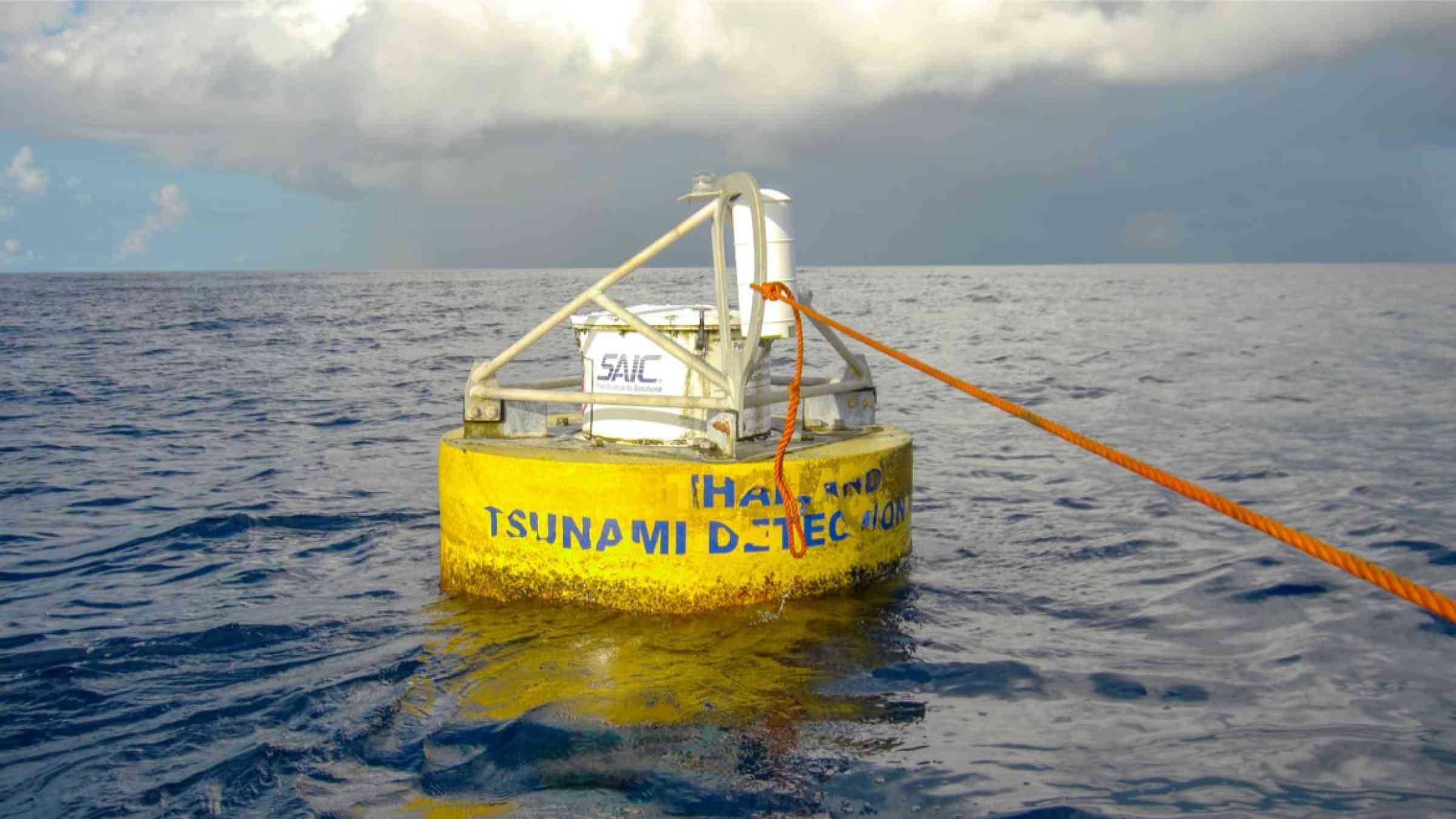These 5 countries have advanced tsunami warning systems

Five countries pave the way for progress in the implementation of effective tsunami early warning systems, which are challenging due to multi-faceted complexity.
Building effective national tsunami early warning systems (TWS) is challenging due to the complexity of managing multiple factors involved in detection and effective response.
According to the United Nations Development Programme (UNDP) effective early warning systems require seamless integration of five separate components institutional and legal capacity development; technology deployment; community outreach and community-based solutions; private sector engagement; and International cooperation and data sharing. In other words, developing advanced TWS is expensive. In fact, cost is hindering the completion of the multi-nation Indian Ocean Tsunami Warning and Mitigation System (IOTWMS), involving 28 countries facing the Indian Ocean.
The IOTWS is one of four global tsunami warning systems mandated by the UNESCO Intergovernmental Oceanographic Commission (IOC). The others are Pacific Tsunami Warning System (PTWS), Caribbean Early Warning System (Caribe EWS), and North-eastern Atlantic and Mediterranean Tsunami Warning System (NEAMTWS). These warning systems are solving detection; however, the challenge remains for individual nations to effectively disseminate timely warnings to their citizens.
The good news is progress is being made in this area and at least five countries are showing the way.
Is your country tsunami ready? #TsunamiDay
🌊🌊🌊 https://t.co/oHQ6qP0T5c pic.twitter.com/M983Om5hWN— PreventionWeb (@PreventionWeb) November 2, 2021
USA
Before coming under the auspices of the IOC in 1968, the US established the Pacific Tsunami Warning Center (PTWC) in Hawaii in 1949, following the 1946 Aleutian Island earthquake and tsunami that resulted in 165 casualties on Hawaii and in Alaska. Along with its sister organisation, the National Tsunami Warning Center (NTWC) based in Alaska, the US also monitors tsunami activity on both its coasts, coastal Canada, Puerto Rico and the Virgin Islands.
Japan
Japan has a free app called YureKuru Call (literally ‘shakes are coming’ Call). Its nationwide combined earthquake and tsunami alert system was in place well before the 2011 Tohoku earthquake and tsunami struck, issuing the highest-level tsunami alarm to target areas within three minutes of the quake. The loss of life, though still high, could have been much worse.
Australia
8,000 km of fault lines lying to the north and east of the country put Australia at high risk. The Australian Tsunami Warning System is a collaboration between the Australian Bureau of Meteorology (BOM), Geoscience Australia (GA) and the Department of Home Affairs.
GA operates a network of seismic stations nationally and accesses data from international monitoring networks. It advises BOM of the magnitude, location and characteristics of a seismic event which has the potential to generate a tsunami, and the BOM and Home Affairs together disseminate the public alert.
Chile
Chile’s 12,606 km (7,833 mi) coastline faces the tsunami-prone Pacific Ocean. Its vulnerability was exposed in 1960 when the Valdivia earthquake hit, triggering a massive tsunami that also killed 61 in Hawaii and reached New Zealand.
The country’s TWS is managed by Servicio Hidrográfico y Oceanográfico de la Armada de Chile (SHOA), which uses 46 coastal sea level stations and 5 DART buoys, and has access to 170 ground-based receivers networked with Global Navigation Satellite Systems (GNSS) managed by the Centro Sismologico Nacional (GNS), to generate tsunami threat assessment in less than 8 minutes. SHOA then provides tsunami information for early warning to Chilean communities through the Centro de Alerta Temprana (CAT) of the Oficina Nacional de Emergencia (ONEMI).
India
In 2004, India was hit hard by the Indian Ocean (Boxing Day) tsunami. 10,000 died and several thousand people went missing. Caught unawares, the Indian government subsequently set up the Indian Tsunami Early Warning Centre (ITEWC) to provide early warnings to the entire Indian Ocean region.
In a world first development, India now has the ability to predict risk to coastal areas, height of waves that can hit them and even pinpoint vulnerable buildings in ‘real time’.